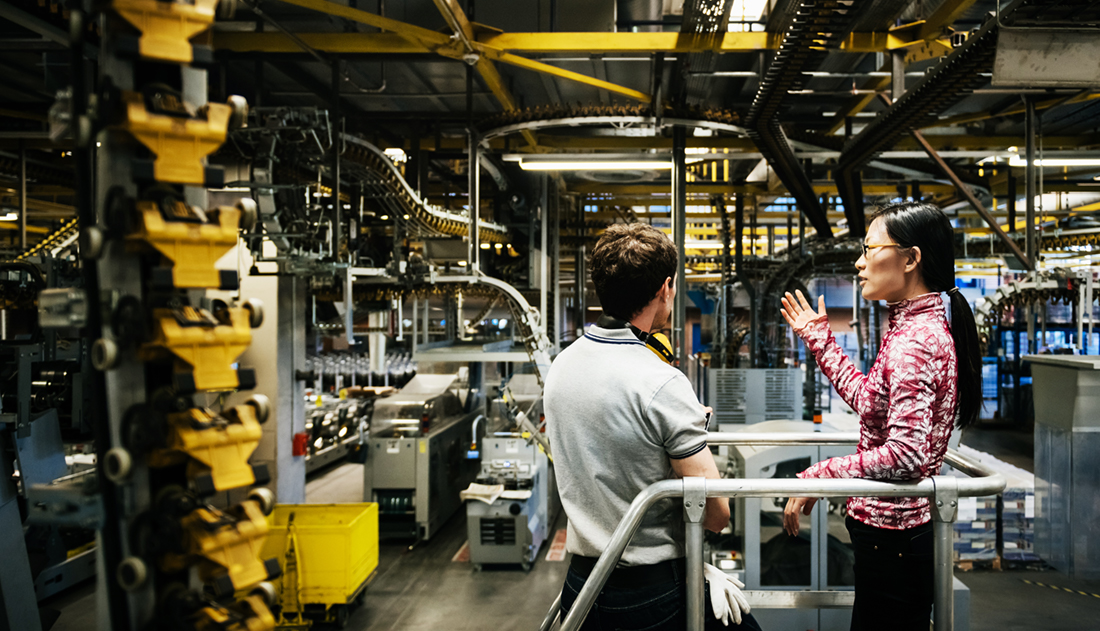
By Wayne Miller, Executive Director
Deciding where to manufacture your product is a critical choice for any company and is influenced by the industry and types of assemblies involved. Manufacturing location will impact product cost, quality and logistics timing, as well as responsiveness to technical or field issues. Over the past few decades, building products in more cost-effective regions, such as China, have been popular for several reasons. First, China and other Asian countries have lower labor and fixed costs. Additionally, China has made significant investments in building up technical capability and manufacturing capacity. The combination of these factors have resulted in significant portions of the supply chain being locally sourced, which has manufacturing and cost-related advantages.
However, it may not always make sense to manufacture products in these regions, especially as a product’s size and level of complexity increases. The following table provides some insights and recommendations on different types of products and commodities, especially for those produced by smaller or less mature companies such as startups.
Type of Assembly |
Consumer |
Semiconductor |
Robotics |
Energy |
Medical |
| Final Assy/Test |
Low cost/high headcount requirements likely dictate offshore strategy. |
High complexity design, large engineering influence, lack of significant validation provides advantages for onshore. |
Low volume, immature industry provides advantages for onshore solutions. |
Largely cost driven. Significant field integration makes Final Assembly/test less important. However, setting up sub-assembly testing/inspection at suppliers becomes more critical. |
For more complex assemblies with less mature designs, onshore strategy is an advantage. It may make sense to source a Tier 2 supplier that meets GMP requirements onshore. |
| Mechanical |
Most high volume components are more cost effective offshore (especially for smaller components with high packing density). |
Larger, more handcrafted assemblies are more suited to onshore fabrication. Complex, smaller machined components may be more cost effective overseas. |
Larger components drives higher logistics cost, and counters cost advantages from offshore suppliers. |
Regional manufacturing since many countries require local content, driven primarily by material and coating costs. Logistics and tariffs are more significant factors due to extra shipping time. |
Larger, lower volume components are best suited to onshore supply. Smaller or higher volume components likely suited for offshore strategy. |
| Cables |
Low cost/high volume/component supply usually dictate offshore supply. |
Larger, more complex assemblies, including wire harnesses, drive onshore supply. |
Larger and more complex assemblies, including wire harnesses, drive onshore supply. Immature designs may require rework, which is best done locally. |
Standard commodity components likely to offshore due to lower cost and component availability. Higher power components may be better suited to onshore, especially nonstandard connectors. |
Larger, more complex assemblies, including wire harnesses, drive onshore supply. Immature designs may require rework, which is best done locally. |
| PCBs |
Low cost/high volume supply usually dictate offshore. |
Low volume/high mix can provide advantages for onshore manufacturing. |
Low volume/high mix can provide advantages for onshore manufacturing. |
Lower cost structure and component supply usually dictate offshore. |
Lower cost structure and component supply usually dictate offshore. |
Some of the key factors when deciding where to manufacture your products also depend on the regional support available. For larger companies such as Apple or Amazon, having a large Asia operations presence reduces many of the concerns listed above. However, most startups have limited resources offshore which increases risk, especially if products or supply chains are immature. Tariffs on various commodities and products have also had an impact during the past few years. PRG can work with you to determine the optimal manufacturing strategy for your product, in addition to providing resources to execute on the engagement, both in the US and Asia.

Wayne Miller is a product development and operations executive with deep expertise bringing products to market. Recent examples include the retail scanning robots deployed at Walmart by Bossanova Robotics and Dash and Cue Robots at Wonder Workshop. Mr. Miller also led Product Design at Apple for several generations of desktops and iMac computers.


